Understanding the Layers of a Painting
Have you ever stood in front of a painting and wondered what secrets lie beneath its surface? The world of painting is a fascinating realm filled with layers that contribute to the final masterpiece. Each layer tells a story, adds depth, and enhances the visual experience. In this article, we will dive deep into the intricacies of these layers, exploring their significance, the techniques artists use, and the choices they make that ultimately shape the artwork you see. So, grab your paintbrush and palette, and let’s unravel the mystery behind the layers of a painting!
The journey of a painting begins with its foundation—the canvas and ground. Think of these elements as the sturdy base of a house; without a solid structure, everything else would crumble. The canvas provides the surface on which the artist works, while the ground, often a layer of gesso or primer, ensures that the paint adheres properly and lasts over time. Understanding these initial layers is crucial for artists, as they play a significant role in the longevity and vibrancy of the artwork. A well-prepared canvas can make all the difference, allowing colors to pop and details to shine.
Once the foundation is set, artists often employ underpainting as a preliminary layer. This technique serves as a roadmap for the composition, establishing values and tones before the final colors are applied. It’s like sketching an outline before writing a story; it gives structure and direction. Underpainting can enhance the richness of the artwork, allowing for greater depth and complexity. Artists may choose between different styles of underpainting, such as monochromatic or color underpainting, each offering unique advantages and challenges.
Monochromatic underpainting involves the use of a single color to outline the composition. This method helps artists focus on the interplay of light and shadow, setting a strong foundation for the later application of colors. Imagine painting a landscape in shades of gray before adding vibrant greens and blues; this technique allows for a clearer understanding of how light affects the scene.
One of the key benefits of using a monochromatic palette is that it simplifies the initial stages of painting. It allows for easier adjustments and creates a more cohesive final piece. Artists can delve deeper into the value relationships within the composition, ensuring that the final colors harmonize beautifully. This method can also enhance the overall unity of the artwork, creating a more impactful visual experience.
However, while effective, monochromatic underpainting can be limiting in terms of color exploration. Artists must carefully consider how to transition from a single hue to a broader color palette. It’s like preparing a delicious meal with just one spice; while it can be satisfying, the dish may lack the complexity and richness that comes from using a variety of flavors.
On the other hand, color underpainting involves applying colors directly to the canvas, setting the tone for the artwork right from the start. This approach encourages exploration of color relationships and can lead to more dynamic final pieces. By using various colors in the underpainting stage, artists can create a vibrant foundation that adds life and energy to their work.
As the painting evolves, artists often employ glazing techniques to build layers of depth and luminosity. Glazing is the process of applying transparent layers of paint, allowing for complex interactions between colors. This technique can significantly enhance a painting's visual impact, creating an ethereal quality that draws viewers in. Imagine the way sunlight filters through leaves; glazing can replicate that luminous effect, making the artwork feel alive.
Different types of glazes can produce varied effects in a painting. From subtle shifts in color to dramatic transformations, understanding these types can help artists achieve their desired outcomes. Some common types of glazes include:
- Transparent Glazes: These allow the underlying colors to show through, creating depth.
- Opaque Glazes: These can completely cover the underlying layers, offering a fresh perspective.
- Colored Glazes: These add a tint to the base colors, enriching the overall palette.
The application of glazes requires precision and patience. Artists often use specific brushes and techniques to ensure even coverage, enhancing the overall texture and depth of the artwork. The process can be time-consuming, but the results are often worth the effort, as each layer builds upon the last to create a stunning visual narrative.
Texture plays a crucial role in painting, influencing how light interacts with the surface. Various techniques, such as impasto or sgraffito, can be employed to add dimension and interest to the artwork. Texture can evoke emotion, create movement, and guide the viewer’s eye through the composition.
Impasto involves applying thick layers of paint, creating a three-dimensional effect. This technique can evoke strong emotions and draw viewers into the artwork, making texture a vital component of artistic expression. Imagine running your fingers over a painting and feeling the peaks and valleys of the paint; that tactile experience can transform the way you perceive the piece.
Sgraffito, a technique where layers are scratched away to reveal underlying colors, adds a unique texture and complexity. Artists can use this method to create intricate designs and patterns within their work. It’s like carving a sculpture from a block of stone; each scratch reveals something new and unexpected, enhancing the overall visual narrative.
Q: What is the purpose of underpainting?
A: Underpainting serves as a preliminary layer that establishes values and tones, allowing artists to plan their compositions effectively.
Q: Can I use any canvas for painting?
A: While you can use various surfaces for painting, it's essential to choose a canvas that is properly primed to ensure paint adhesion and longevity.
Q: How does glazing affect a painting?
A: Glazing adds depth and luminosity by applying transparent layers of paint, creating complex color interactions that enhance the visual impact of the artwork.
Q: What is the difference between impasto and sgraffito?
A: Impasto involves applying thick layers of paint for a three-dimensional effect, while sgraffito involves scratching away layers to reveal underlying colors and create texture.
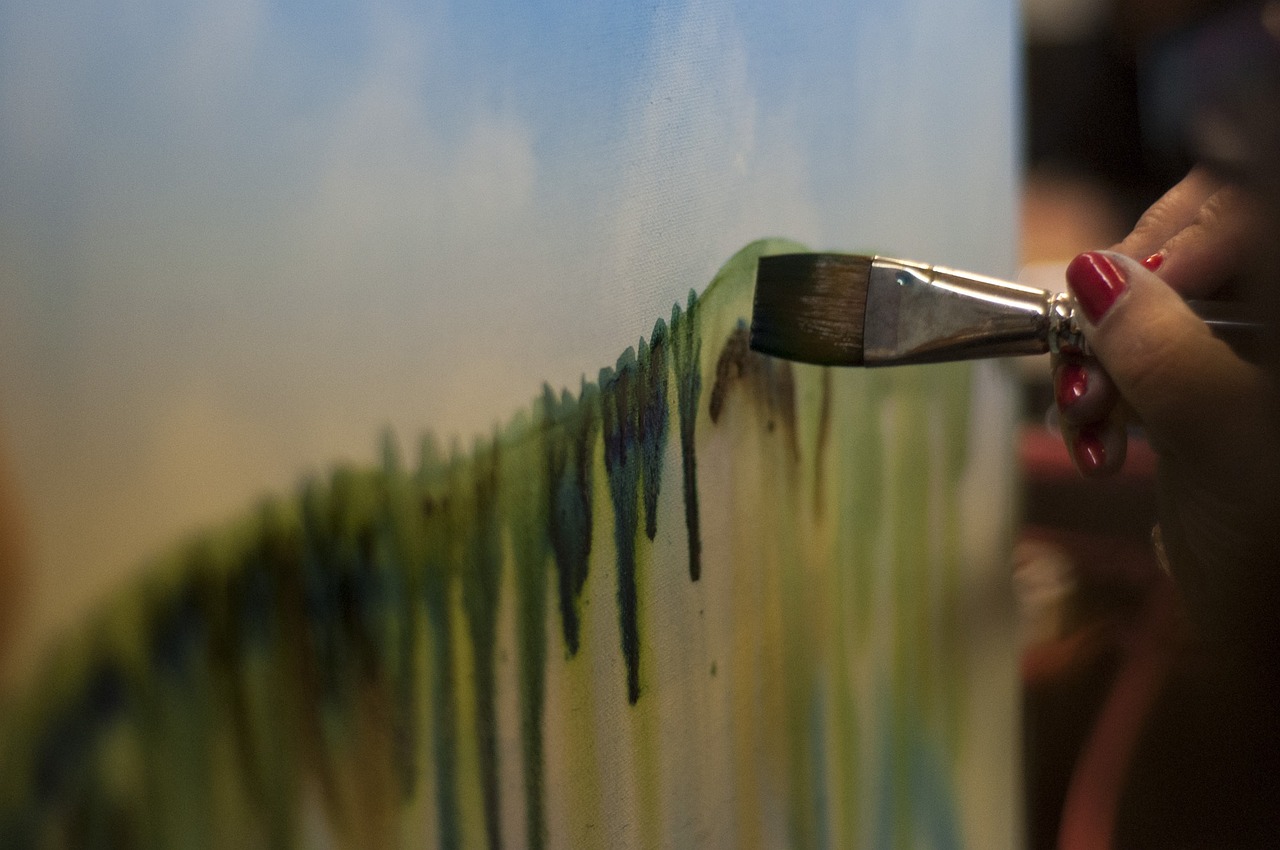
1. The Foundation: Canvas and Ground
When it comes to creating a painting, the very first step is often overlooked: the foundation. This foundation consists of the canvas and the ground, which are essential components that provide the necessary support for the artwork. Think of the canvas as the stage where the drama of colors and forms will unfold. Without a solid stage, the performance—your painting—might just fall flat.
The canvas itself can be made from various materials, including cotton, linen, or synthetic fibers, and each type brings its unique characteristics to the table. For instance, cotton is known for its affordability and versatility, making it a favorite among beginners. On the other hand, linen is often favored by professionals due to its durability and ability to hold paint exceptionally well. The choice of canvas can significantly affect the final outcome of the artwork, so it’s crucial to select one that aligns with your artistic vision.
Now, let’s talk about the ground. The ground is the preparatory layer applied to the canvas before any paint touches it. This layer serves multiple purposes:
- Adhesion: It ensures that the paint adheres well to the canvas.
- Protection: It protects the canvas from the corrosive effects of oil paints.
- Texture: It can add a specific texture that influences the final appearance of the painting.
Common types of grounds include acrylic gesso and oil-based primers. Acrylic gesso is popular for its quick-drying properties and flexibility, making it suitable for various painting styles. Conversely, oil-based primers are ideal for oil paints, as they create a smooth, slick surface that enhances the paint's flow. Choosing the right ground is akin to selecting the right soil for a plant; it sets the stage for growth and flourishing.
Understanding the significance of the canvas and ground in your painting process cannot be overstated. These foundational elements not only affect the longevity of the artwork but also influence how colors appear and interact. A well-prepared canvas can enhance the vibrancy of your paints, while an improperly prepared surface can result in a dull and lifeless piece. So, the next time you embark on a painting journey, take a moment to appreciate the foundation that will support your creative expression.
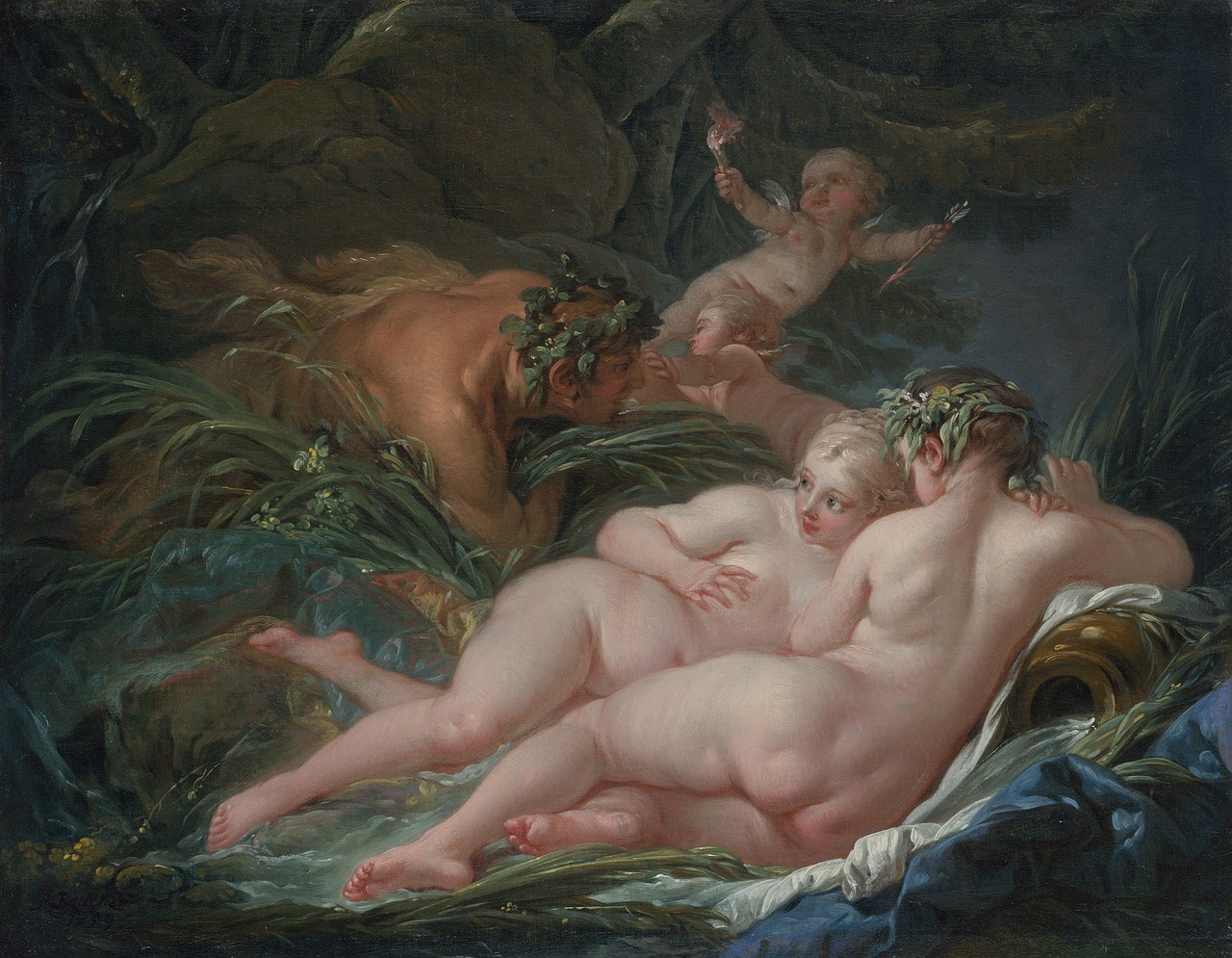
2. Underpainting Techniques
Underpainting is a crucial step in the painting process, acting as the groundwork upon which the entire artwork is built. This initial layer allows artists to establish the basic composition, values, and tones before diving into the more intricate details of color application. Think of it as the blueprint for a house; without a solid foundation, the structure may crumble. By using underpainting techniques, artists can create a sense of depth and richness that elevates their work to a higher level.
There are primarily two approaches to underpainting: monochromatic underpainting and color underpainting. Each technique offers unique benefits and challenges that can significantly influence the final outcome of a painting.
Monochromatic underpainting involves the use of a single color to outline the composition. This method allows artists to focus on the interplay of light and shadow, which is essential for creating a three-dimensional effect on a two-dimensional surface. By limiting the palette to one hue, artists can easily adjust the values and ensure a cohesive look throughout the piece. It’s like sculpting with light; the artist carves out forms using shades of one color, setting the stage for the vibrant colors that will come later.
Utilizing a monochromatic palette simplifies the initial stages of painting, making it easier for artists to make adjustments as they progress. This technique enhances the understanding of value relationships within the composition, allowing artists to see how different areas of light and shadow interact. Here are some key advantages:
- Focus on Composition: Artists can concentrate on the overall structure without the distraction of color.
- Value Clarity: It provides a clear understanding of how light affects forms.
- Easier Adjustments: Artists can modify shapes and values without worrying about color harmony at this stage.
While effective, monochromatic underpainting can be limiting in terms of color exploration. Artists must carefully consider how to transition from a single hue to a broader color palette. This can lead to a few challenges:
- Limited Color Exploration: It may restrict the artist’s ability to experiment with color relationships early on.
- Transition Issues: Moving from a monochrome base to a full palette can sometimes result in unexpected color clashes.
Color underpainting, on the other hand, involves applying colors directly to the canvas, setting the emotional tone for the artwork from the very beginning. This approach encourages exploration of color relationships and can lead to more dynamic and vibrant final pieces. Imagine starting with a splash of color, like the first notes of a symphony, each hue resonating with the others, creating a harmonious blend that captivates the viewer's eye.
By using color underpainting, artists can create a sense of atmosphere and mood right from the start. It allows for a more intuitive approach to color mixing and layering, as artists can see how different colors interact in real-time. This technique can be particularly beneficial for those who thrive on spontaneity and wish to infuse their work with emotion and energy.
In conclusion, underpainting techniques play a pivotal role in the painting process, providing artists with the tools to explore composition, light, and color. Whether choosing monochromatic or color underpainting, each method offers unique advantages and challenges that can significantly shape the final artwork.
Q: What is the purpose of underpainting?
A: Underpainting serves as a foundation for the artwork, allowing artists to establish values and tones before applying final colors.
Q: Can I skip underpainting?
A: While it’s possible to skip underpainting, doing so may result in a less cohesive and polished final piece.
Q: Which underpainting technique is better?
A: It depends on the artist's style and goals. Monochromatic underpainting is great for value studies, while color underpainting allows for immediate exploration of color relationships.
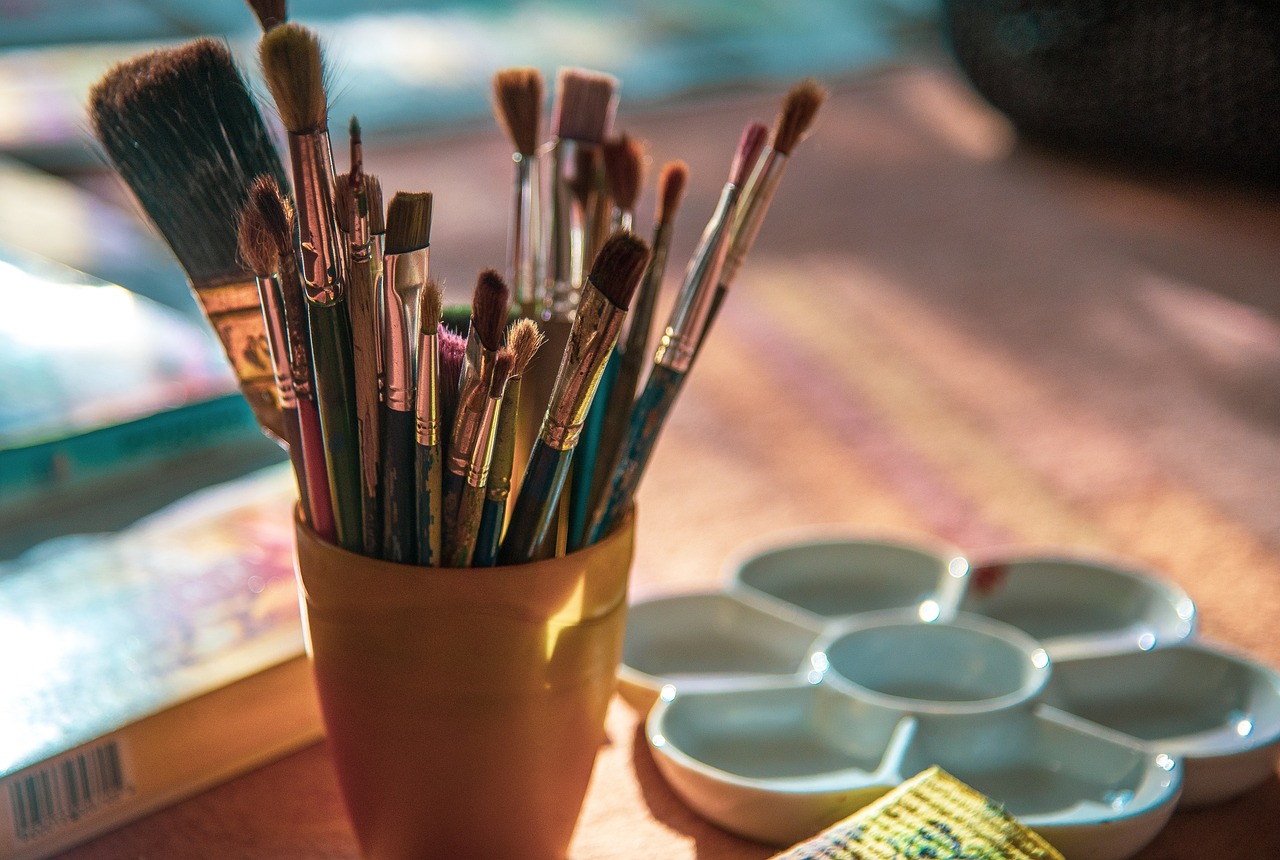
2.1. Monochromatic Underpainting
Monochromatic underpainting is a fascinating technique that sets the stage for the entire painting process. By using a single color, artists can focus on the interplay of light and shadow, which is essential for creating depth and dimension in their work. This method serves as a roadmap, guiding the artist through the complexities of color application later on. Imagine building a house; you wouldn’t start with the roof before laying down a solid foundation. Similarly, monochromatic underpainting lays down that crucial groundwork.
One of the primary advantages of this technique is its ability to simplify the initial stages of painting. Artists can concentrate on establishing values without the distraction of multiple colors. This approach not only helps in creating a more cohesive final piece but also enhances the understanding of value relationships within the composition. For instance, if an artist chooses a warm brown for their monochromatic palette, they can easily adjust the light and dark areas, ensuring that the final colors will harmonize beautifully.
However, like any artistic method, monochromatic underpainting has its challenges. While it provides a strong foundation, it can also limit an artist's exploration of color. Transitioning from a single hue to a more vibrant palette requires careful consideration and skill. Artists must think critically about how to incorporate additional colors without losing the integrity of their initial underpainting. This can be likened to a chef preparing a dish; they must balance flavors carefully to achieve the desired result.
In summary, monochromatic underpainting is a powerful technique that can significantly enhance an artist's work. It not only simplifies the painting process but also deepens the understanding of light and shadow. While it presents certain challenges, the rewards of using this method can lead to stunning and impactful artwork. For those looking to explore this technique, it's essential to practice and experiment, allowing the artist's unique voice to shine through.
- What is the purpose of monochromatic underpainting?
Monochromatic underpainting helps establish values and tones, providing a strong foundation for the subsequent layers of color. - Can I use any color for monochromatic underpainting?
Yes, while many artists choose neutral tones like gray or brown, you can use any color that fits your vision for the artwork. - How do I transition from monochromatic to color painting?
Carefully plan your color application, considering how each hue interacts with the underlying monochromatic layer to maintain harmony.

2.1.1. Advantages of Monochromatic Underpainting
The use of monochromatic underpainting offers several significant advantages that can greatly enhance the painting process. To start with, this technique simplifies the initial stages of a painting. By focusing on a single color, artists can concentrate on the essential elements of their composition without the distraction of multiple hues. This clarity allows for a more profound understanding of how light and shadow interact within the artwork.
One of the most notable benefits is the ability to easily adjust values and tones. When working with just one color, artists can refine their approach to highlights and shadows more effectively. This is crucial because it lays a solid foundation for the final layers of paint. The monochromatic approach acts like a roadmap, guiding the artist through the complex journey of color application later on.
Moreover, using a monochromatic palette enhances the understanding of value relationships within the composition. Artists can develop a keen sense of how different shades of the same color interact, which can lead to a more cohesive final piece. This method can be particularly beneficial for beginners who may find themselves overwhelmed by the vast array of colors available.
In addition to these technical advantages, there are also emotional and aesthetic benefits. Monochromatic underpainting can evoke a sense of harmony and unity in the artwork. Since all the tones relate to a single hue, the final painting often possesses a more balanced and sophisticated appearance. This can be particularly impactful in creating mood and atmosphere, drawing viewers into the emotional landscape of the piece.
In summary, the advantages of monochromatic underpainting include:
- Simplification of the painting process: Focus on one color allows for easier adjustments.
- Enhanced understanding of light and shadow: Aids in establishing a strong foundation.
- Improved value relationships: Leads to a more cohesive final artwork.
- Emotional unity: Creates harmony and balance in the piece.
By embracing monochromatic underpainting, artists can unlock new levels of creativity and technical skill, ultimately enriching their painting experience and the quality of their finished works.
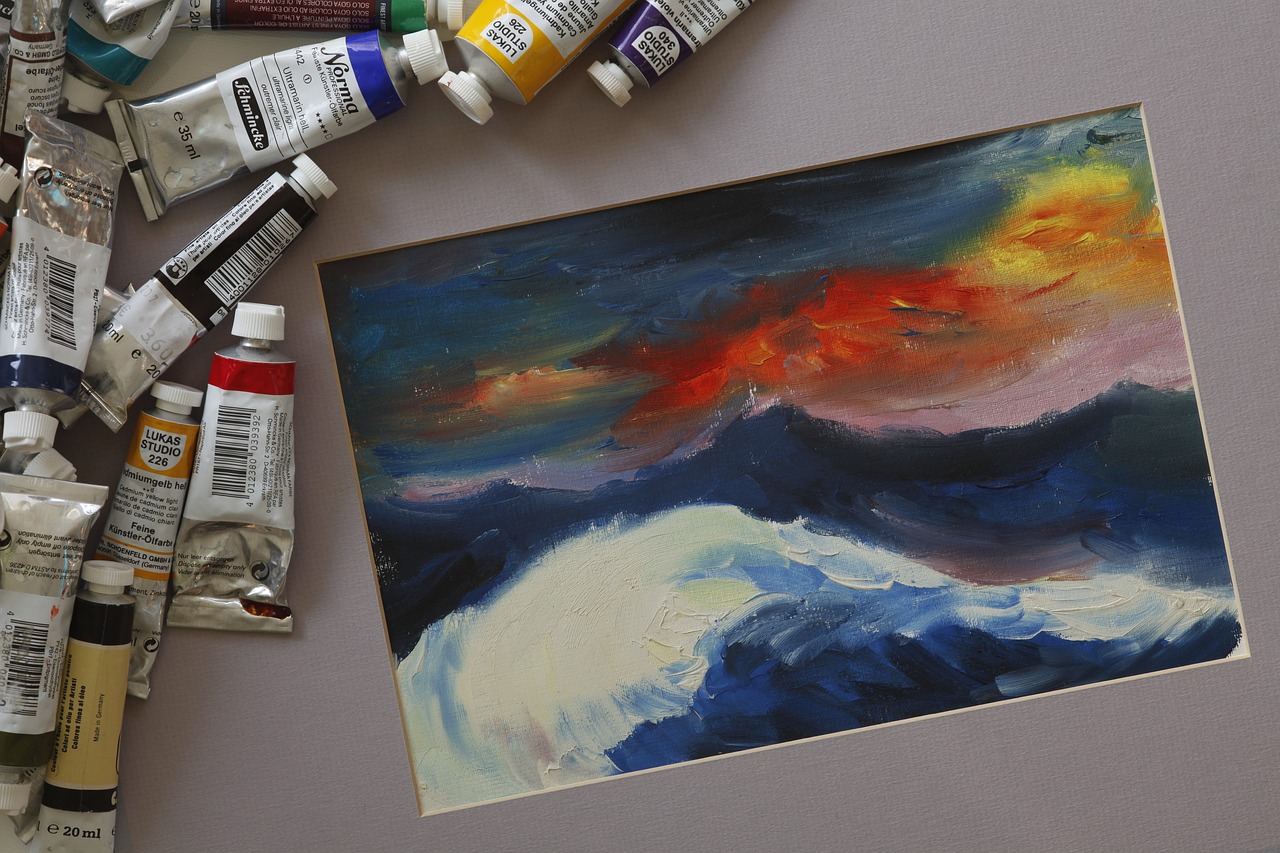
2.1.2. Challenges of Monochromatic Underpainting
While monochromatic underpainting offers a solid foundation for artists, it does come with its own set of challenges that can test even the most seasoned creators. One of the primary hurdles is the limitation on color exploration. When sticking to a single hue, artists may find it difficult to visualize how additional colors will interact with their initial layer. This can lead to a feeling of confinement, as the vibrant possibilities of a full palette remain just out of reach.
Moreover, transitioning from a monochromatic base to a more colorful composition requires careful planning. The artist must consider how to introduce multiple colors without overwhelming the original tone. This balancing act can be tricky, as the risk of muddying the colors increases significantly. If the initial layer is too dominant, it can overshadow the subsequent colors, resulting in a less harmonious piece.
Another challenge lies in the perception of depth. Monochromatic underpainting focuses primarily on light and shadow, which can create an illusion of depth. However, if not executed correctly, this depth may not translate well once the final colors are applied. Artists need to ensure that the values established in the underpainting are maintained, or they might end up with a flat appearance in their artwork.
Lastly, artists may experience a psychological barrier when using this technique. The initial monochromatic layer can evoke a sense of completion, making it tempting to stop there. This can hinder the creative process, as the artist might feel satisfied with the underpainting and reluctant to proceed with the more complex stages of the artwork. Overcoming this inertia is essential for bringing the piece to its full potential.
In conclusion, while monochromatic underpainting is an effective method for establishing a strong foundation, artists must navigate its inherent challenges. By being aware of these potential pitfalls, they can better prepare themselves for the journey ahead, ensuring that their final piece is as vibrant and dynamic as their original vision.
- What is monochromatic underpainting? Monochromatic underpainting is a technique where an artist uses a single color to lay down the initial layer of a painting, focusing on values and tones before applying additional colors.
- How can I overcome the limitations of monochromatic underpainting? To overcome limitations, artists can practice transitioning from monochromatic layers to color by gradually introducing hues and ensuring they maintain a balance between the initial tone and the added colors.
- What are the benefits of using monochromatic underpainting? The benefits include a clearer understanding of light and shadow, easier adjustments during the painting process, and a more cohesive final piece.
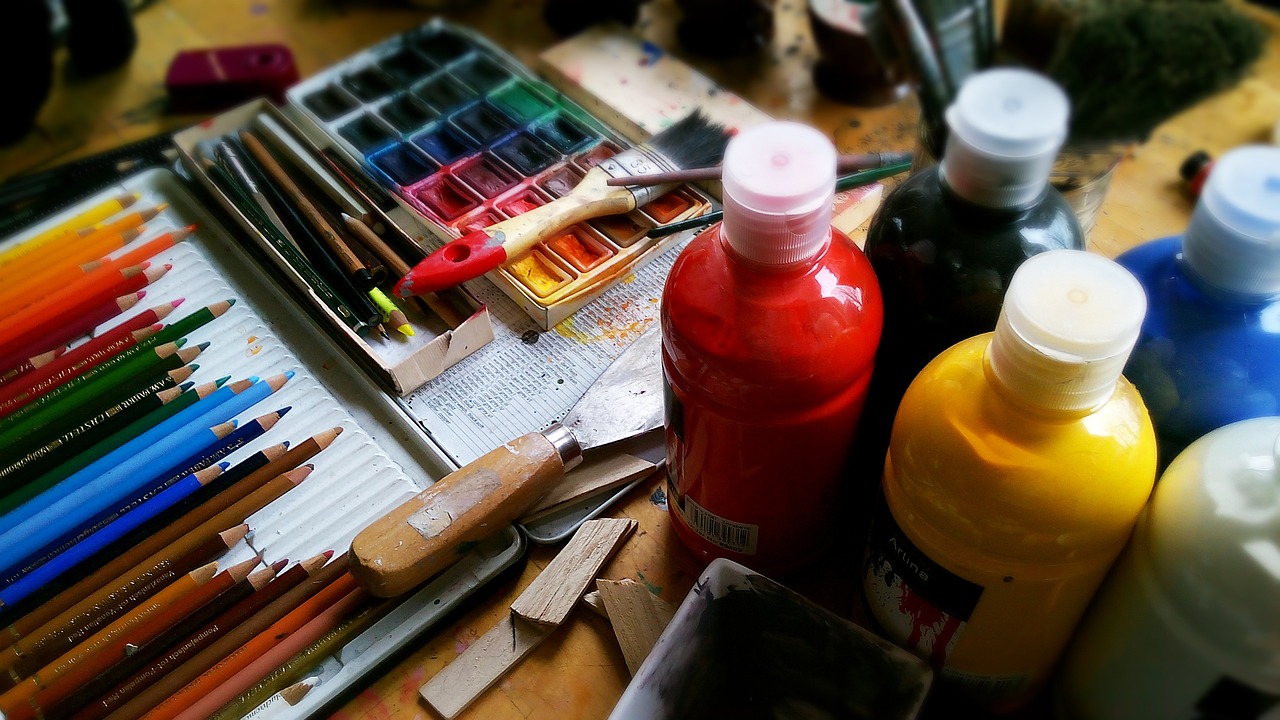
2.2. Color Underpainting
Color underpainting is a fascinating technique that allows artists to dive headfirst into the vibrant world of hues. Unlike monochromatic underpainting, which relies on a single color to establish the groundwork of a painting, color underpainting involves applying a range of colors directly onto the canvas. This method not only sets the tone for the artwork but also invites artists to explore the intricate relationships between different colors right from the start. Imagine walking into a room filled with various shades of color, each one influencing the other—this is the essence of color underpainting.
One of the most exciting aspects of color underpainting is the opportunity for creativity and spontaneity. Artists can experiment with blending colors and layering them in ways that create unexpected results. For instance, a warm underpainting can provide a glowing foundation for cooler top layers, creating a sense of depth and dimension that captivates the viewer. This layering technique can evoke emotions and set a mood that resonates throughout the piece.
However, while the freedom of color underpainting is enticing, it also comes with its own set of challenges. Artists must be mindful of how the colors interact and how they will appear once the final layers are applied. This requires a keen understanding of color theory and the ability to predict how different pigments will mix and blend. It's a bit like cooking; you need to know how various ingredients will taste together to create a delicious dish.
To make the most of color underpainting, artists often consider the following:
- Color Relationships: Understanding complementary and analogous colors can enhance the overall composition.
- Layering Techniques: Applying colors in thin layers allows for more control over the final outcome.
- Transparency: Using transparent paints can create beautiful effects that add depth and luminosity.
In summary, color underpainting is a dynamic approach that not only lays the groundwork for a painting but also enriches it with layers of meaning and emotion. By embracing this technique, artists can breathe life into their creations, transforming a simple canvas into a vibrant tapestry of color and expression.
Q: What is the main purpose of color underpainting?
A: The main purpose of color underpainting is to establish a vibrant foundation for the artwork, allowing artists to explore color relationships and create depth before applying final layers.
Q: How does color underpainting differ from monochromatic underpainting?
A: Unlike monochromatic underpainting, which uses a single color to outline the composition, color underpainting employs multiple hues, enabling artists to experiment with color interactions and achieve a more dynamic visual effect.
Q: What are some techniques for successful color underpainting?
A: Successful color underpainting can involve understanding color theory, using transparent layers, and applying colors in thin layers for better control over the final appearance.
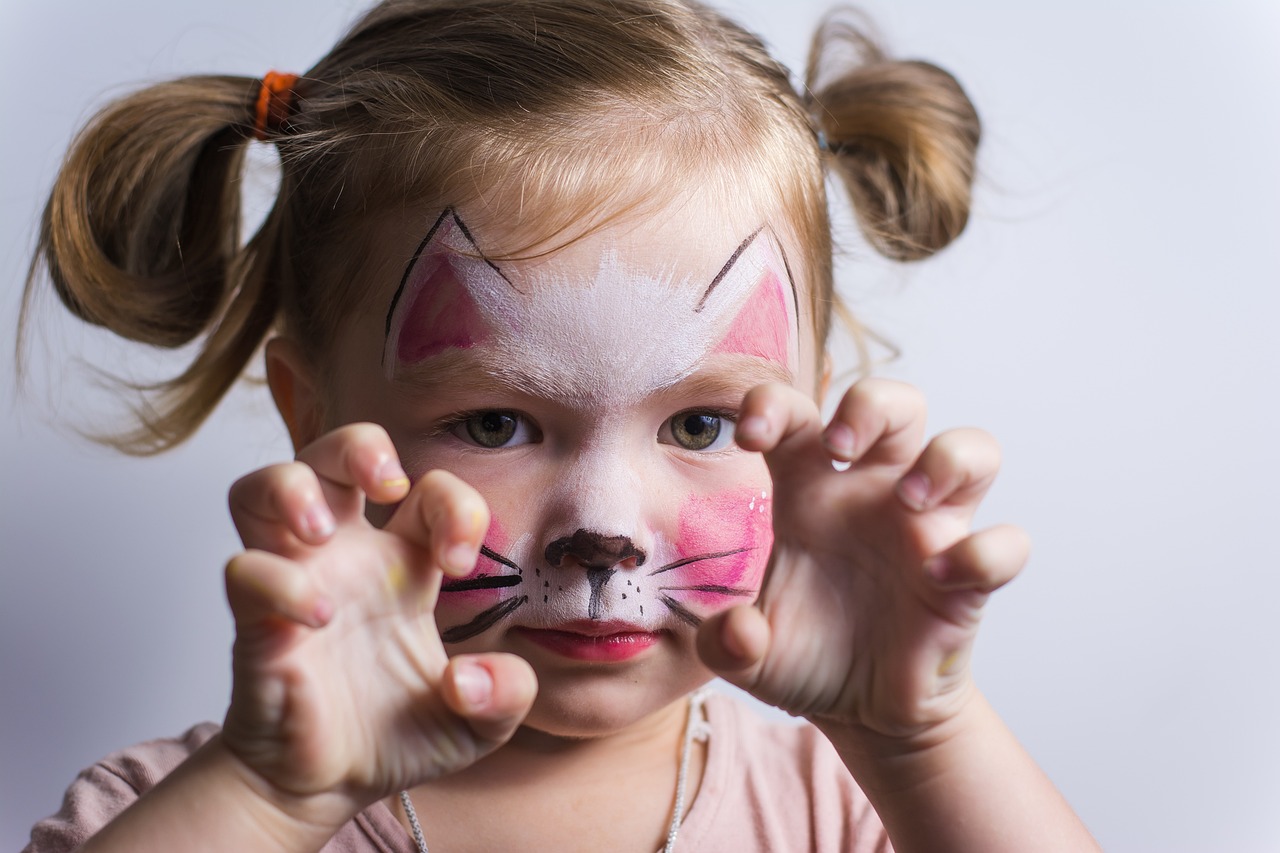
3. Building Layers: Glazing Techniques
Glazing is an essential technique in the world of painting, allowing artists to build layers of color that create depth and luminosity. Imagine the way sunlight filters through a stained glass window, casting vibrant colors onto the floor; that’s the kind of effect glazing can achieve. By applying thin, transparent layers of paint over one another, artists can manipulate the way colors interact, resulting in a rich and dynamic visual experience. This method not only enhances the overall aesthetic of the artwork but also adds complexity and intrigue to the composition.
One of the most fascinating aspects of glazing is the way it can transform a painting. For instance, a simple underpainting can evolve into a masterpiece with just a few glazes. The key is in the layering process, where each application of glaze subtly alters the colors beneath it. This technique can evoke a sense of depth, making the artwork appear almost three-dimensional. Artists often experiment with different mediums and formulations to achieve their desired results, making glazing a versatile tool in their creative arsenal.
When it comes to glazing, there are several types that artists can choose from, each offering unique effects. Here’s a brief overview:
| Type of Glaze | Description |
|---|---|
| Oil Glaze | Utilizes oil paint mixed with a medium to create a transparent layer that enhances depth. |
| Acrylic Glaze | Made with acrylic paint and a glazing medium, providing quick drying times and vibrant colors. |
| Watercolor Glaze | Involves layering transparent watercolor washes for a luminous effect. |
Applying glazes requires both precision and patience. Artists typically use soft, flat brushes to ensure even coverage, allowing the underlying layers to shine through. The process can be quite meditative, as each stroke contributes to the overall composition. It’s important to let each layer dry thoroughly before applying the next; this can sometimes take hours or even days, depending on the medium used. The anticipation of seeing how the colors will interact can be both thrilling and nerve-wracking, but it is this very suspense that often leads to the most rewarding outcomes.
Moreover, glazing can be a fantastic way to correct or adjust parts of a painting. If an area feels too stark or flat, a simple application of glaze can soften the edges and unify the composition. This flexibility allows artists to be more experimental, pushing the boundaries of their work. As they apply layer after layer, they create a dialogue with the canvas, constantly responding to the evolving artwork.
In conclusion, glazing techniques are a powerful means of building layers in painting, offering artists a way to achieve depth, luminosity, and complexity. Whether using oils, acrylics, or watercolors, the ability to manipulate color through transparent layers opens up a world of creative possibilities. So, the next time you pick up a brush, consider how glazing can elevate your artwork from ordinary to extraordinary!
- What is glazing in painting? Glazing is a technique where transparent layers of paint are applied over one another to create depth and luminosity.
- Can any paint be used for glazing? Yes, glazing can be done with oil, acrylic, and watercolor paints, each offering different effects.
- How long does it take for a glaze to dry? Drying times vary depending on the medium used; oil glazes can take longer than acrylic or watercolor glazes.
- What tools are best for applying glazes? Soft, flat brushes are typically recommended for even application of glazes.
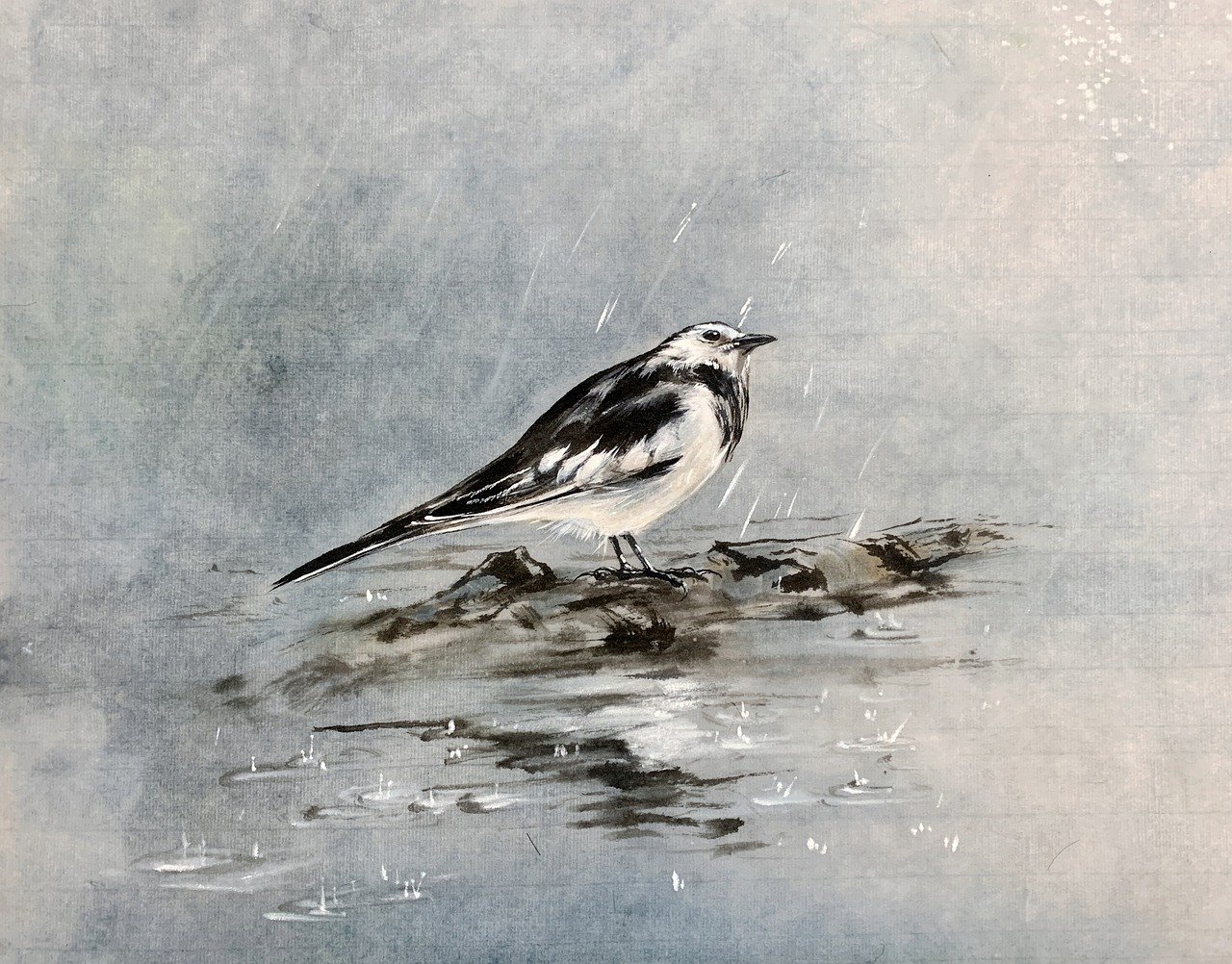
3.1. Types of Glazes
When it comes to painting, understanding the types of glazes can truly elevate your artistic game. Glazing is not just about slapping on a layer of color; it's about creating a rich, multidimensional experience that can transform your artwork. There are several types of glazes, each offering unique effects that can alter the mood and depth of a painting. Let's dive into the main categories:
- Transparent Glazes: These glazes allow underlying layers to show through, creating a sense of depth and luminosity. Artists often use transparent glazes to build up color gradually, allowing for subtle shifts that can make a piece feel alive.
- Opaque Glazes: Unlike transparent glazes, opaque glazes cover the underlying layers completely. This type is ideal for artists looking to make bold statements or correct areas of a painting without worrying about what lies beneath.
- Translucent Glazes: This category sits between transparent and opaque. Translucent glazes allow some underlying colors to peek through while still providing a distinct hue. They are perfect for creating soft transitions and nuanced effects.
Each type of glaze has its own set of characteristics that can influence the final outcome of a painting. For instance, transparent glazes can create a glow effect, making colors appear vibrant and alive. On the other hand, opaque glazes can provide a solid foundation, allowing artists to make bold choices without the risk of losing previous layers.
Moreover, the choice of glaze can also depend on the medium being used. For example, oil paints often utilize different glazing techniques compared to acrylics. Oil glazes can take longer to dry, allowing for more manipulation and layering, while acrylic glazes dry quickly, making them ideal for artists who prefer a fast-paced workflow.
Understanding these types of glazes not only enhances your painting skills but also opens up a world of possibilities for creativity. By experimenting with different glazes, you can discover how they interact with one another and how they can be used to achieve various artistic effects. Whether you're aiming for a subtle glow or a bold statement, the right glaze can make all the difference in your artwork.
Q: What is the purpose of glazing in painting?
A: Glazing is used to create depth, luminosity, and richness in color. It allows artists to build up layers gradually, enhancing the overall visual impact of the artwork.
Q: Can I use glazes with acrylic paint?
A: Absolutely! Acrylics are quite versatile, and glazing techniques can be effectively applied to them, often resulting in vibrant and dynamic pieces.
Q: How do I apply a glaze correctly?
A: To apply a glaze, mix your paint with a glazing medium to achieve the desired transparency. Use a soft brush to apply a thin layer over your dried paint, allowing the underlying colors to show through.

3.2. Application of Glazes
Applying glazes is an art in itself, requiring not just technical skill but also a deep understanding of color and light. When artists embark on glazing, they often find themselves in a delicate dance between transparency and opacity. The key here is to remember that a glaze is not merely a layer of color; it’s a translucent veil that can transform the underlying paint, adding depth and vibrancy to the artwork.
To achieve the desired effects, artists typically follow a few essential steps:
- Choosing the Right Medium: Artists often mix their paints with a glazing medium, which helps to enhance transparency and prolong drying time. This allows for smoother application and manipulation of the glaze.
- Brush Selection: The choice of brush can significantly impact the outcome. Soft, wide brushes are generally preferred for glazing, as they allow for even application without disturbing the layers beneath.
- Layering Technique: Applying glazes in thin layers is crucial. This method not only ensures that the underlying colors remain visible but also allows for greater control over the final appearance.
Patience is a virtue when it comes to glazing. Each layer should be allowed to dry completely before the next is applied, which can sometimes feel like waiting for a pot to boil. However, this drying time is essential for achieving that luminous effect that glazes are known for. It’s akin to building a house; you wouldn’t rush through the foundation, right? Each layer builds upon the last, creating a solid structure that can withstand the test of time.
Moreover, the interaction between glazes can lead to unexpected and delightful outcomes. For instance, a warm glaze applied over a cool base can create a stunning contrast, while layering complementary colors can produce a rich, dynamic effect that captivates the viewer. This exploration of color relationships is where the magic of glazing truly lies.
In conclusion, the application of glazes is not just about technique; it's about embracing the unpredictable nature of paint. Artists must be willing to experiment and adjust their approach based on the unique qualities of their materials. By doing so, they can unlock a world of possibilities, transforming their artwork into a vibrant tapestry of color and light.
- What is the best medium for glazing? Artists often use a glazing medium, which improves transparency and extends drying time, allowing for smoother applications.
- How many layers of glaze should I apply? It's recommended to apply multiple thin layers, allowing each to dry completely before adding the next, to achieve the best results.
- Can I use oil paints for glazing? Yes, oil paints are commonly used for glazing due to their slow drying time and ability to create luminous effects.
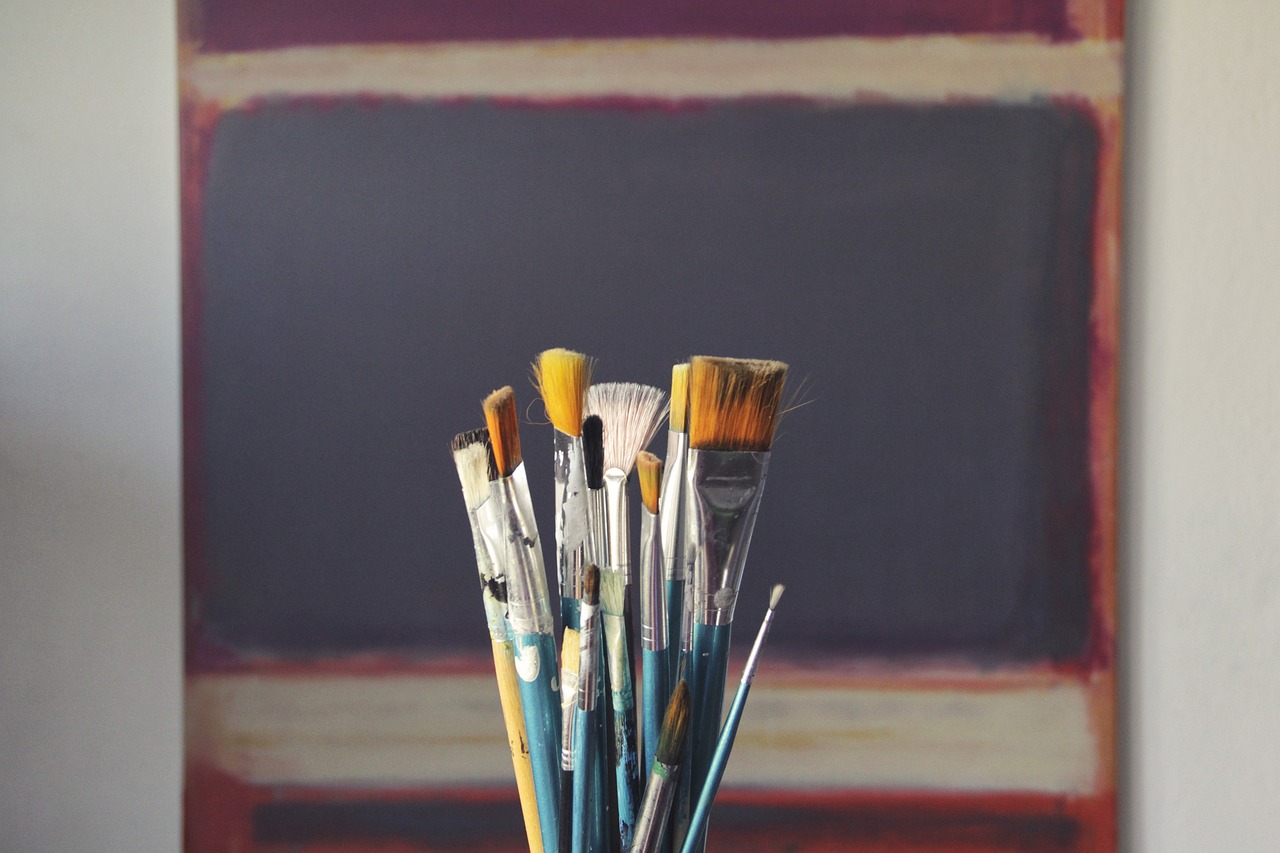
4. The Role of Texture in Layers
When it comes to painting, texture is not just an afterthought; it’s a fundamental aspect that can transform a simple canvas into a breathtaking masterpiece. Think of texture as the skin of your painting—it's what gives it character and depth. Just like how a rough stone feels different from a smooth pebble, the texture in a painting influences how we perceive it. It affects the way light dances across the surface, creating shadows and highlights that can evoke different emotions in the viewer.
Artists employ various techniques to achieve texture, each with its own unique impact on the final piece. For instance, the impasto technique involves applying thick layers of paint directly onto the canvas. This method not only creates a three-dimensional effect but also invites the viewer to engage with the artwork on a tactile level. Imagine walking through a gallery and being drawn to a painting that seems to leap off the wall—this is the magic of impasto at work.
On the other hand, there's the sgraffito technique, where artists scratch through a layer of paint to reveal the colors beneath. This method adds intricate designs and patterns, creating a visual dialogue between the layers. It’s like peeling back the layers of an onion, revealing surprises at every turn. The interplay between the top layer and what's hidden below can create a sense of mystery and intrigue.
But why is texture so important? Well, it enhances the overall experience of the artwork. Here are a few reasons why texture should never be overlooked:
- Visual Interest: Texture adds complexity and draws the viewer's eye, making them want to explore the painting more deeply.
- Light Interaction: Different textures reflect light differently, creating a dynamic visual experience that changes with the viewer's perspective.
- Emotional Impact: The tactile quality of texture can evoke feelings—rough textures may convey raw emotion, while smooth surfaces might suggest calmness.
Ultimately, the role of texture in layers is about creating a connection between the artwork and the viewer. It invites us to not just look, but to feel and experience. So the next time you stand before a painting, take a moment to appreciate the textures at play. They are not merely decorative; they are the heartbeat of the artwork, breathing life into every stroke and color.
Q: What is the importance of texture in painting?
A: Texture adds depth and interest to a painting, influencing how light interacts with the surface and enhancing the emotional impact of the artwork.
Q: What are some common techniques to create texture in paintings?
A: Common techniques include impasto, where thick paint is applied for a three-dimensional effect, and sgraffito, where layers are scratched away to reveal underlying colors.
Q: Can texture affect the longevity of a painting?
A: Yes, the choice of texture and materials can influence how well a painting holds up over time, as some techniques may be more prone to cracking or fading.
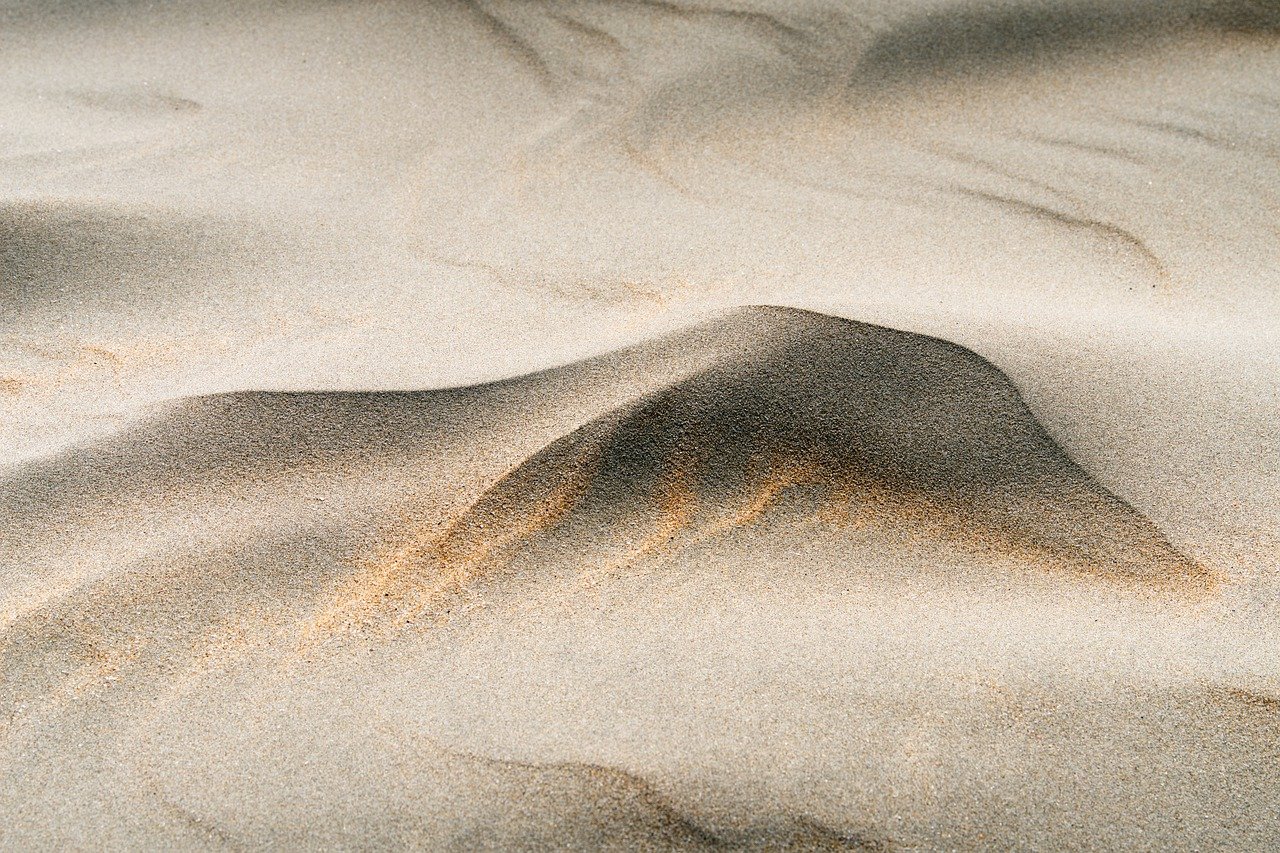
4.1. Impasto Techniques
Impasto is one of those magical techniques that can truly transform a painting from a simple image into a visceral experience. Imagine standing before a canvas where the paint seems to leap off the surface, creating a dynamic interaction with light and shadow. This technique involves applying thick layers of paint, often with a palette knife or a stiff brush, resulting in a three-dimensional effect that can evoke strong emotions and draw viewers into the artwork. The beauty of impasto lies in its ability to create texture that not only enhances the visual appeal but also adds a tactile quality that invites touch, even if it remains purely a visual experience.
One of the most exciting aspects of impasto is how it can alter the perception of color. When paint is applied thickly, the light interacts with the raised surfaces in unique ways, creating highlights and shadows that shift as you move around the painting. This play of light can add depth and complexity, making the artwork feel alive. Artists like Vincent van Gogh famously employed impasto techniques to convey movement and emotion, using the texture to express feelings that words cannot capture.
However, mastering impasto techniques comes with its own set of challenges. The thickness of the paint can lead to longer drying times, which can be both a blessing and a curse. While it allows for blending and manipulation of wet paint, it also means that artists must be patient and strategic in their approach. Furthermore, the choice of paint is crucial; oils are commonly used for impasto due to their viscosity and slow drying time, but acrylics can also work if applied judiciously.
To give you a clearer understanding, here’s a quick overview of some key considerations for employing impasto techniques:
| Consideration | Description |
|---|---|
| Paint Type | Oils provide the best texture for impasto due to their thickness and slow drying time. |
| Application Tools | Palette knives and stiff brushes are ideal for creating thick layers. |
| Layering | Building up layers can create depth, but be mindful of drying times. |
| Color Interaction | Thick paint can create unique effects as light plays off the surface. |
In conclusion, impasto techniques offer an exciting avenue for artists to explore texture and depth in their work. By embracing the physicality of paint, artists can create compelling narratives that resonate on multiple levels. Whether you’re a seasoned artist or a curious beginner, experimenting with impasto can open up new dimensions in your creative journey.
- What is impasto? Impasto is a painting technique where paint is laid on the canvas very thickly, creating a textured surface.
- What types of paint are best for impasto? Oil paints are typically preferred for impasto due to their viscosity, but heavy body acrylics can also work.
- How does impasto affect color perception? The thickness of the paint can create highlights and shadows, enhancing the depth and vibrancy of colors.
- Can I use impasto techniques on any surface? While impasto is most commonly used on canvas, it can also be applied to wood panels and other sturdy surfaces.

4.2. Sgraffito Techniques
Sgraffito is a fascinating technique that adds a layer of depth and complexity to paintings, transforming the mundane into the extraordinary. Derived from the Italian word meaning "to scratch," sgraffito involves scratching through a top layer of paint to reveal the contrasting color beneath. This method not only creates stunning visual effects but also invites viewers to explore the intricacies of the artwork more closely.
Imagine peeling back the layers of an onion; each layer reveals something new and unexpected. Similarly, sgraffito allows artists to create intricate designs and patterns that can evoke emotion and intrigue. By using tools like palette knives, brushes, or even their fingernails, artists can carve out shapes, lines, and textures that add a tactile quality to the piece. This technique can be particularly effective when used in conjunction with vibrant colors, as the revealed layers can create a striking contrast that captures attention.
One of the most exciting aspects of sgraffito is its versatility. Artists can employ it in various ways, whether they are working on a canvas, a wall mural, or even ceramics. The technique can be adapted to suit different styles, from abstract to representational art. For instance, an artist might use sgraffito to outline figures in an abstract landscape, or to create detailed foliage in a botanical illustration. The possibilities are endless!
However, like any technique, sgraffito comes with its own set of challenges. Achieving the right balance between the top layer and the underlying color is crucial. If the top layer is too thick, it may be difficult to scratch through, while a layer that is too thin might not yield the desired contrast. Artists must also consider the drying times of their paints, as working with wet paint can lead to unintended blending rather than clean lines.
To master sgraffito, artists often experiment with various tools and techniques. Here are some tips to get started:
- Choose the Right Tools: Experiment with different scratching tools to find what works best for you. Palette knives, combs, and even old credit cards can yield different effects.
- Layering is Key: Apply multiple layers of paint, allowing each to dry before scratching. This ensures that the underlying colors remain vibrant and intact.
- Practice Control: The depth and pressure of your scratching will affect the outcome. Practice on scrap pieces to develop your technique before applying it to your main artwork.
In conclusion, sgraffito is more than just a technique; it's a way to infuse life and personality into a painting. By revealing hidden layers of color and texture, artists can create works that resonate with viewers on a deeper level. So, the next time you pick up a brush, consider scratching beneath the surface to uncover the beauty that lies within!
What is sgraffito?
Sgraffito is a technique where artists scratch through a top layer of paint to reveal a contrasting color underneath, adding texture and complexity to their artwork.
Can sgraffito be used in any type of painting?
Yes, sgraffito can be applied to various mediums, including canvas, murals, and ceramics, making it a versatile technique suitable for different artistic styles.
What tools are best for sgraffito?
Artists can use a variety of tools for sgraffito, including palette knives, combs, and even their fingernails, to achieve different effects.
How can I ensure clean lines when using sgraffito?
To achieve clean lines, it’s important to control the depth and pressure of your scratching. Practicing on scrap materials can help you develop this skill before applying it to your main artwork.
Frequently Asked Questions
- What is the purpose of the canvas and ground in a painting?
The canvas and ground serve as the essential foundation for any painting. They provide a stable surface that ensures the longevity of the artwork and proper adhesion of subsequent layers. Without a solid base, the paint may not adhere well, leading to deterioration over time.
- What is underpainting and why is it important?
Underpainting is a preliminary layer that establishes the values and tones of a composition. It allows artists to plan their artwork effectively and creates a depth that enhances the richness of the final piece. By laying down an underpainting, artists can better visualize how colors will interact in the finished artwork.
- What are the advantages of monochromatic underpainting?
Monochromatic underpainting simplifies the initial stages of painting, making it easier for artists to adjust values and create a cohesive final piece. It enhances the understanding of light and shadow, allowing for a more focused approach to color application later on.
- What challenges might artists face with monochromatic underpainting?
While effective, monochromatic underpainting can limit color exploration. Artists may find it challenging to transition from a single hue to a broader color palette, requiring careful planning and consideration of how to introduce additional colors without losing the initial structure.
- How does glazing enhance a painting?
Glazing involves applying transparent layers of paint, which creates depth and luminosity in a painting. This technique allows for complex color interactions that can significantly enhance the visual impact of the artwork, making it appear more vibrant and dynamic.
- What types of glazes can artists use?
There are various types of glazes, each producing different effects. Some glazes can create subtle shifts in color, while others may lead to dramatic transformations. Understanding these types helps artists achieve their desired outcomes and enhances the overall texture of their work.
- Why is texture important in painting?
Texture plays a crucial role in how light interacts with the surface of a painting. Techniques such as impasto or sgraffito can add dimension and interest, making the artwork more engaging. Texture can evoke emotions and draw viewers into the piece, making it a vital component of artistic expression.
- What is impasto and how is it used?
Impasto is a technique where thick layers of paint are applied to create a three-dimensional effect. This method can evoke strong emotions and invite viewers to connect with the artwork on a deeper level, making texture an essential part of the artistic process.
- What is sgraffito and what effects does it produce?
Sgraffito is a technique where layers of paint are scratched away to reveal the colors underneath. This method adds unique texture and complexity to a painting, allowing artists to create intricate designs and patterns that enhance the overall visual appeal of their work.



















